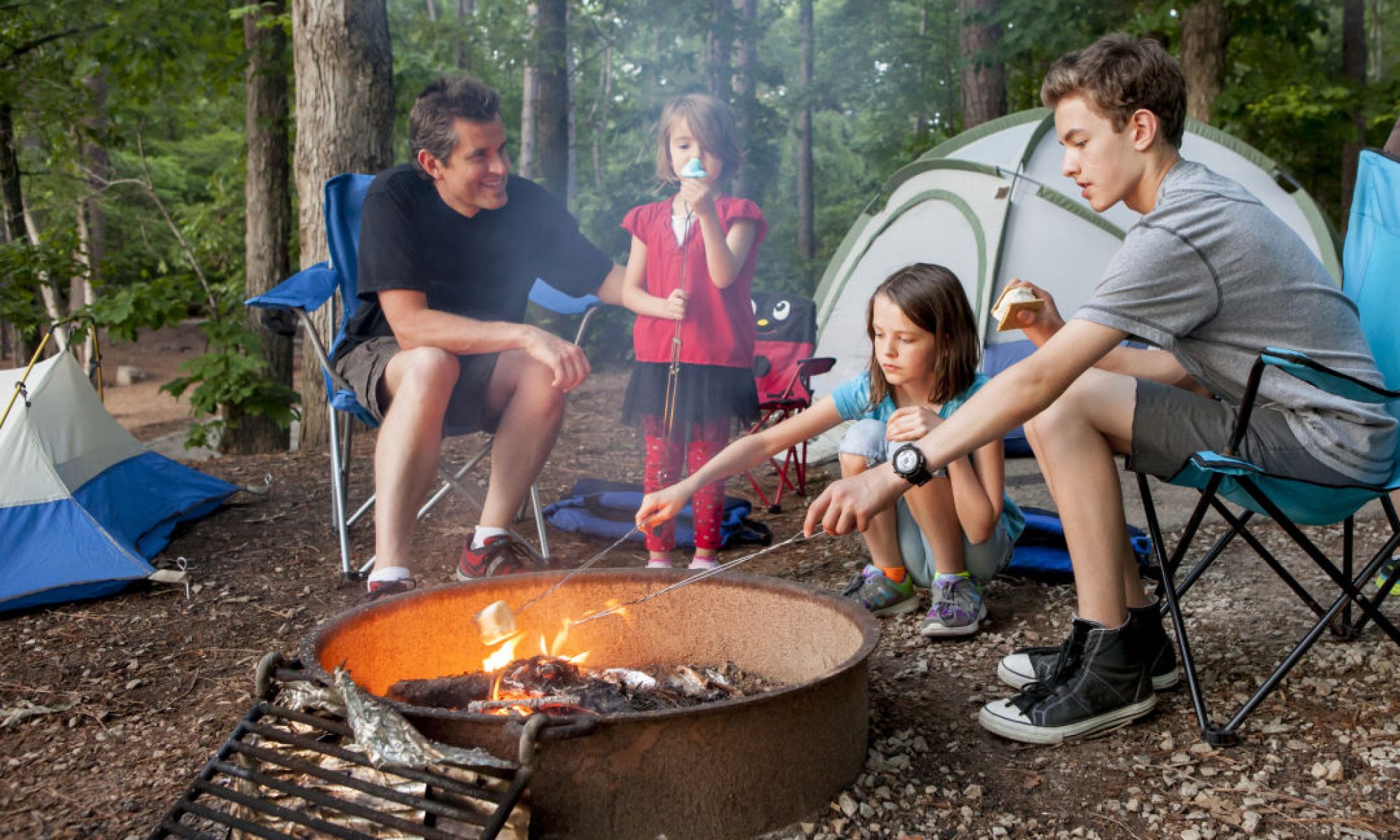
In the 1960s, Ewald Schier first began selling a pair of “vellies” to tourists in Berlin. Today, his company continues to grow, selling to fashion-conscious South Africans and German tourists alike. Although the Schier family is resisting the temptation to expand, they are open to experimentation and new materials. They have even advertised professional photo shoots. These eco-friendly shoes can be worn on any day of the week, and they are lightweight and comfortable, making them an excellent choice for summer days.
The name “vellies” comes from the Afrikaans word for “skin,” and refers to the leather used to make these shoes. The word later became veld, which means field. The traditional veldskoen, or’vellie boot’, was born. While a lot of people assume that vellies are made in the desert, they are actually made in many countries across Africa. The shoes are created by artisans from Namibia, South Africa, and Ethiopia.
The brand’s sourcing methods are also environmentally friendly, with all of the raw materials coming from Africa. In fact, a majority of their orders come from their online store, where they hand-craft each pair of Vellies shoes. James declined to disclose specific numbers, but said that online sales have sustained the company’s cash flow. And while he declined to share details of the number of repeat customers, he says that sales of the shoes have been steady.
The origins of Vellies are quite interesting. The brand’s roots are in South Africa and Namibia, and they first began making vellies in 1963. Then, they started to work with an artisan workshop in South Africa that has been making them since that time. They employ African craftsmen from diverse backgrounds and use generations-old techniques to make them. Despite this modest origin, they’ve become a fashion statement and a way to give back to the community.
The brand is known for its sustainable practices. In addition to the ethical production of vellies, the company also supports local farmers in South Africa and the communities that produce them. Unlike other brands, the name of the brand’s footwear is derived from Afrikaans, which means “skin.” It also refers to the origin of the material used in these shoes. The original Namibian vellies are made of Kudu skin, which is a by-product of the South African government’s culling process.
The name of the brand comes from the Afrikaans word for “skin” which refers to the leather used in these shoes. The name was later changed to veld, meaning “field,” and thus, Veldskoen is a traditional African footwear. In the past, vellies were worn by farmers and safari guides. Today, they are seen as a fashion statement, and are sold for $200 to $400. The shoe’s history is fascinating and worth noting.
The brand’s unique style is one of the reasons behind their success. The brand works with artisans in South Africa and Namibia to produce its shoes. The original designs are unique and are only available in limited quantities. These shoes are highly durable, comfortable, and eco-friendly. The original design has been remade many times to fit the tastes of consumers who are looking for a statement shoe. It is now a must-have for any fashionista.
The name comes from the Afrikaans word for “skin.” Initially, veld meant “field” and referred to the leather used in these shoes. The name veldskoen was then changed to “veldskoen” because it means “veld” literally means “field” in the country. The veldskoen is an iconic South African shoe. The veldskoen has been worn by people from all walks of life. They are not only functional but also stylish and fashionable.
The name vellies is an origin. It comes from the Afrikaans word “vel”, which refers to skin and referring to the leather used in these shoes. The word later evolved to veldskoen, which means “field,” resulting in the traditional veldskoen. The veldskoen is a traditional shoe that is very comfortable, durable, and stylish. Its name comes from the fact that it is handmade in a South African workshop.
Besides its name, veldskoen are South African walking shoes. They are made of soft rawhide and vegetable-tanned leather. They have a rubber sole. The Dutch settlers in Southern Africa were ill-prepared for the rough terrain and adapted their shoes from Khoisan footwear. Eventually, these footwear became part of their culture, and are now worn by the people in the country. They have become a way of life in the country.
